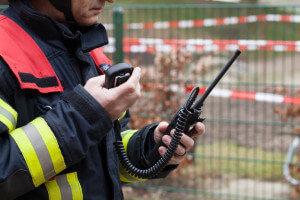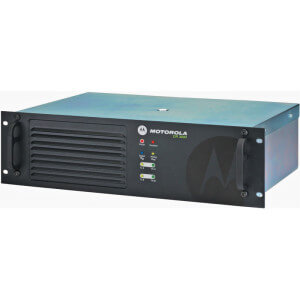So, it’s the day of your hire and the kits in. Time to unpack. What can you expect to find?
On receipt of your Hire Radios, you will find them either boxed, in a Peli Case, in a Green Crate or a combination of these depending on the hire quantity and duration.
All radios will be fully charged before despatch and ready to use out of the box. It’s best checking each radio before issuing to your team. On occasions radios can get turned on in transit so these individuals may require a recharge. Check each radio is turned off (volume control is turned fully counter-clockwise). By turning the control clockwise the radio will indicate it powers up by either beeping and/or lighting the top LED green for a moment.
If you find any radios where the volume control clicks as you turn it counter-clockwise, it’s likely the radio has been knocked on during transit. You can either place this radio on charge or if it’s needed for immediate use then swap the battery for a spare provided with the hire.
Also in the hire you will find, if ordered or required:
- Quantity of spare batteries
- Spare Radio Body
- Six Way Chargers and/or Single Rapid Chargers with Power leads and/or Power Supplies
- D-Shape and/or Acoustic Tube Ear-Pieces
- Holsters and Straps
- Repeater System, Antenna, Tripod and Power Lead
- Base Station, Power Supply, Antenna, Microphone and Power Supply
- Noise Cancelling Headsets
Spare batteries and chargers are provided free of charge to keep your communications up and running. Depending on the hire a spare radio body or two will be provided so that it can be exchanged should a radio suffer damage or failure.
If you require ear-pieces then these will be included at an additional charge. These are individually bagged and each has instruction on a card so that the user can easily install and use it. Also available are Noise Cancelling Headsets for nosier environments.
Holsters and Straps are provided on request at an additional cost. Some clients find it easier to carry and use the radio this way.
Base Stations provide a fixed station with extended coverage to serve for operations where as a Repeater provides a boost to the overall area coverage. These are provided on request at an additional charge for larger events or events with poor coverage.


